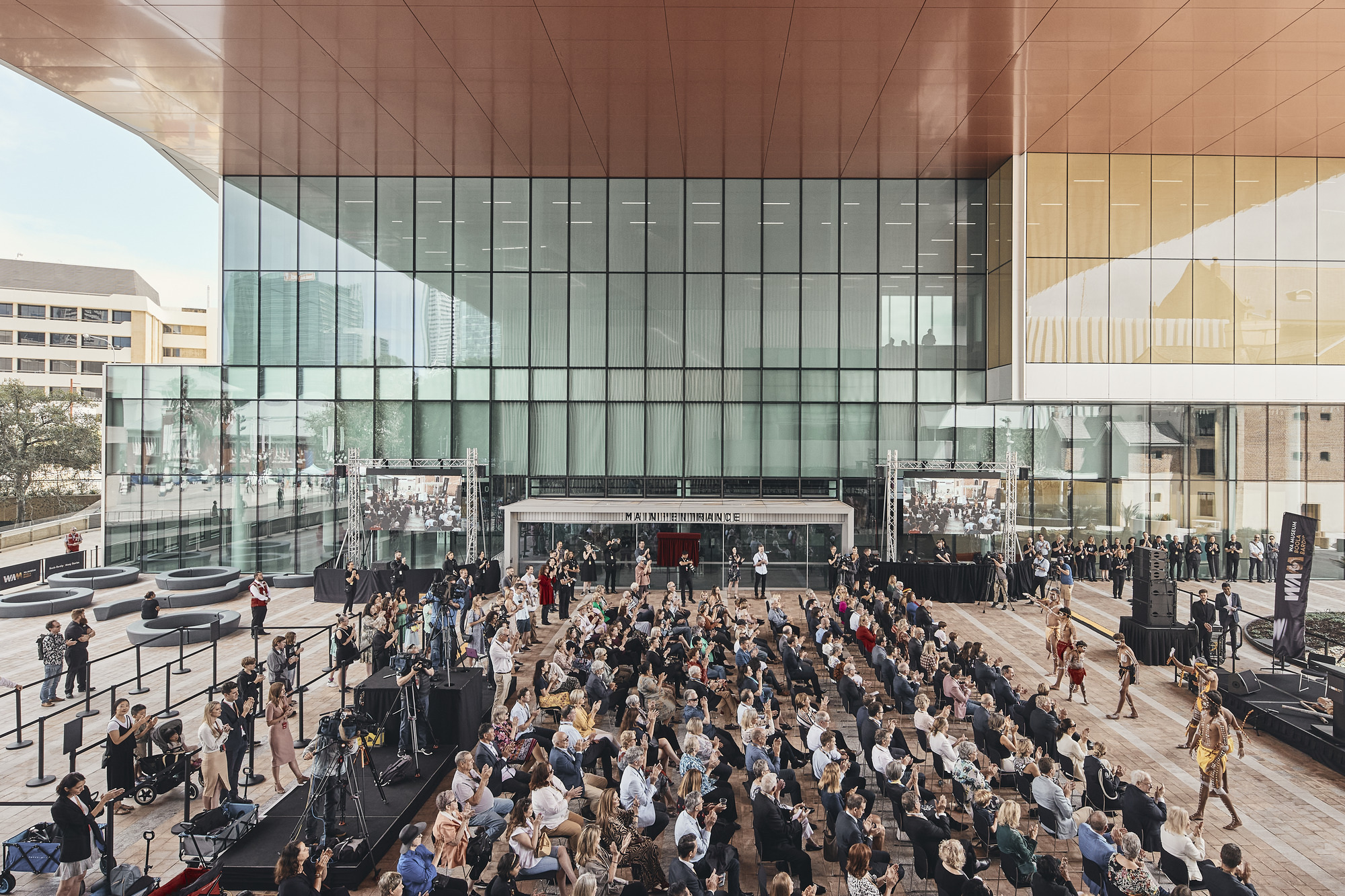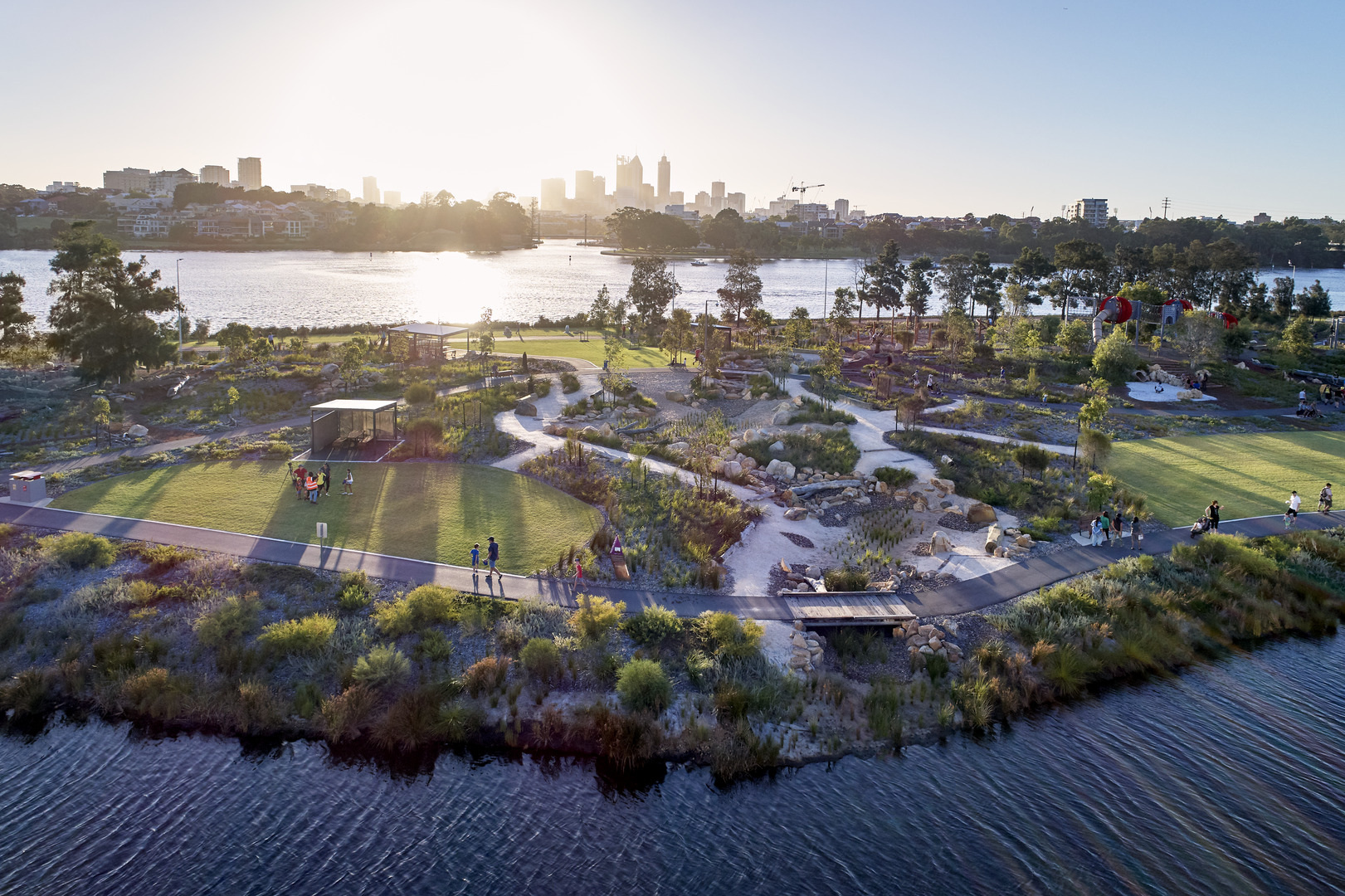A legacy landscape
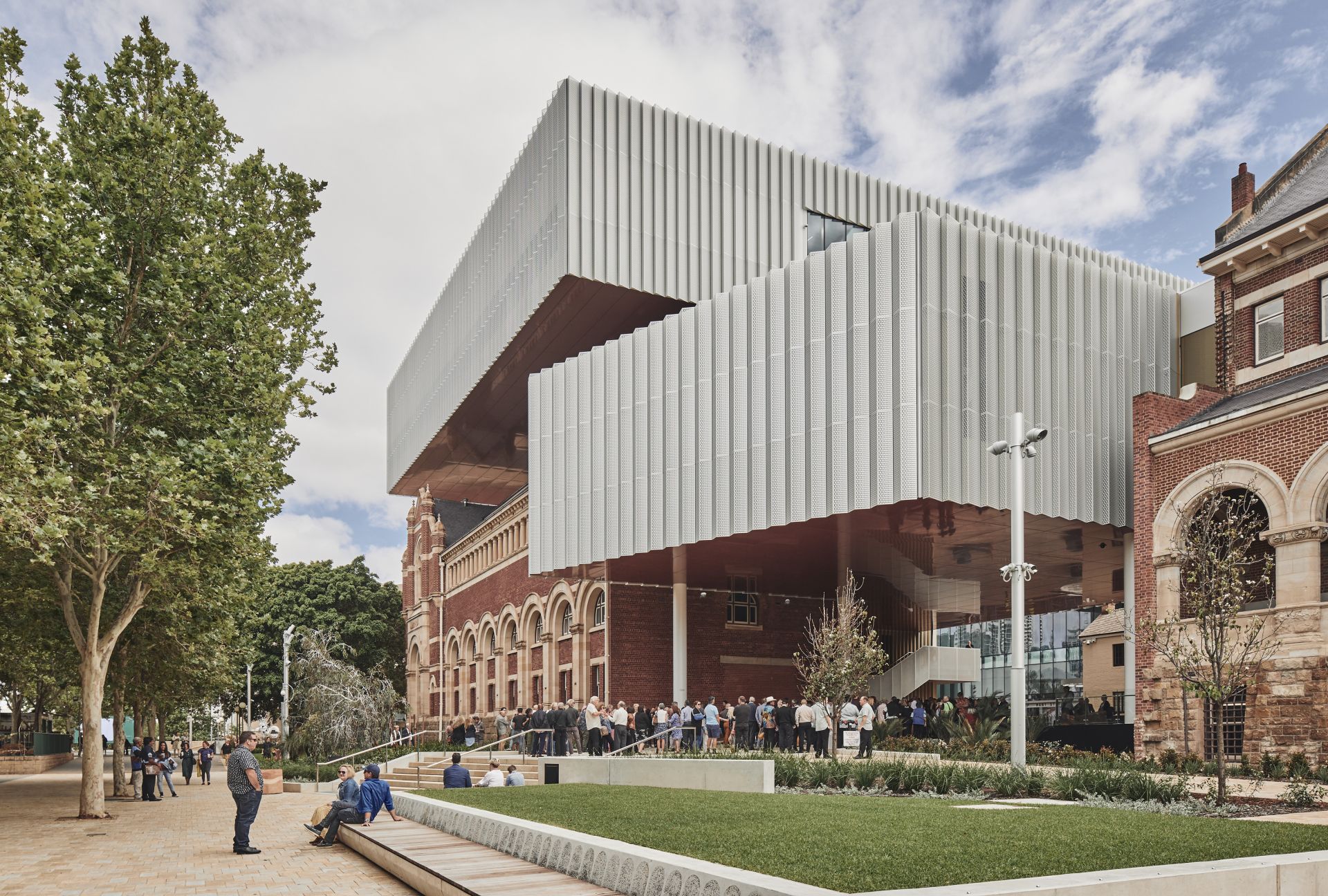
Australia’s newest major museum is bringing an age-old culture to life across its site.
Text by Hassell Principal Anthony Brookfield / Images by Robert Frith (Acorn Photo)
Designed as a rich, varied ‘collection of stories’, the new Western Australian Museum Boola Bardip in Perth celebrates the people and land that shape a place, from its early beginnings to modern day.
Our shared responsibility for revealing layers of history, art and culture – and reflecting a unique landscape – brought complexity and depth to the design process for this world-class destination. Naturally, it also raised thought-provoking questions, relevant not just to this project but to civic and cultural institutions everywhere.
How do we design spaces that capture (and balance) the different perspectives and contributions of people, past and present? Can we create a place with gravity and integrity that still feels dynamic and lively – respectful to past generations and relevant to those in the future?
The WA Museum is demonstrating all of this is possible, especially when we treat the built and natural environment as one multi-connected canvas for sharing diverse stories – starting right back at the beginning, with the first custodians of the land.

UNVEILING A STRIKING MIX OF OLD AND NEW
Designed by Hassell + OMA for the State Government of Western Australia, the museum made an immediate impact on Perth’s skyline (and vitality) when it opened last year. It’s a striking, symbiotic mix of new and old buildings and vibrant communal spaces on a site in the creative heart of the city.
One of the keys to success is an open, inviting public space that supports the museum’s cultural ambitions for the precinct – and beyond. A space that required the careful integration of the architecture with its surroundings, ultimately creating an external environment that knits together the powerful legacy of the Whadjuk Nyoongar people – the first to live on the land – with the area’s existing urban fabric developed in the 19th and 20th centuries.
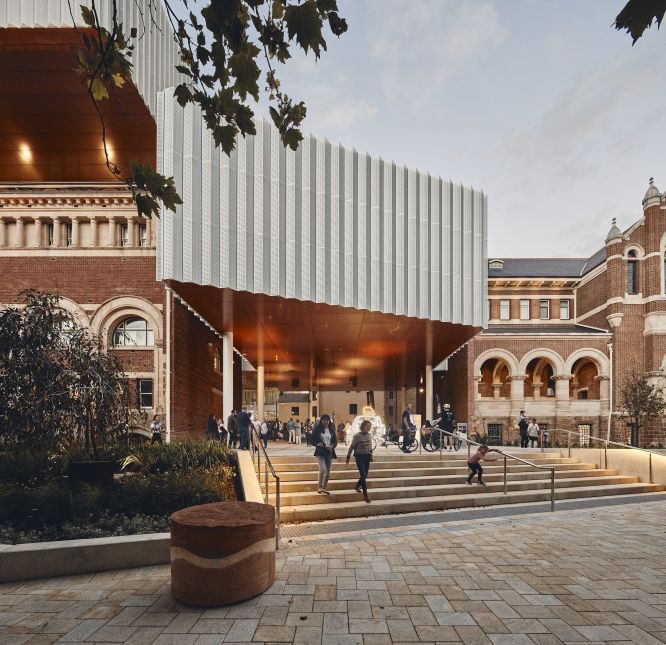

HONOURING THE DISTANT PAST IN THE PRESENT DAY
Our design response expresses the landscape’s original character as a network of wetlands rich in native flora and fauna – an important distinction for Whadjuk Elders who collaborated with us. It also emphasises their deep connection with the land and their focus on balance and harmony in nature.
It was crucial that the landscape design tied in with the precinct’s character – a mix of modernist and colonial architecture and public realm spaces. To do that, we reinforced the Perth city grid by accentuating the new built form edges of the cultural precinct as well as the surrounding streets.
The site’s layout emphasises the north-south axial grid but still allows for numerous entry points into the heart of the museum – making it a catalyst for the designated Perth Cultural Centre and a better connector to the central business district and the bustling inner-city suburb of Northbridge.
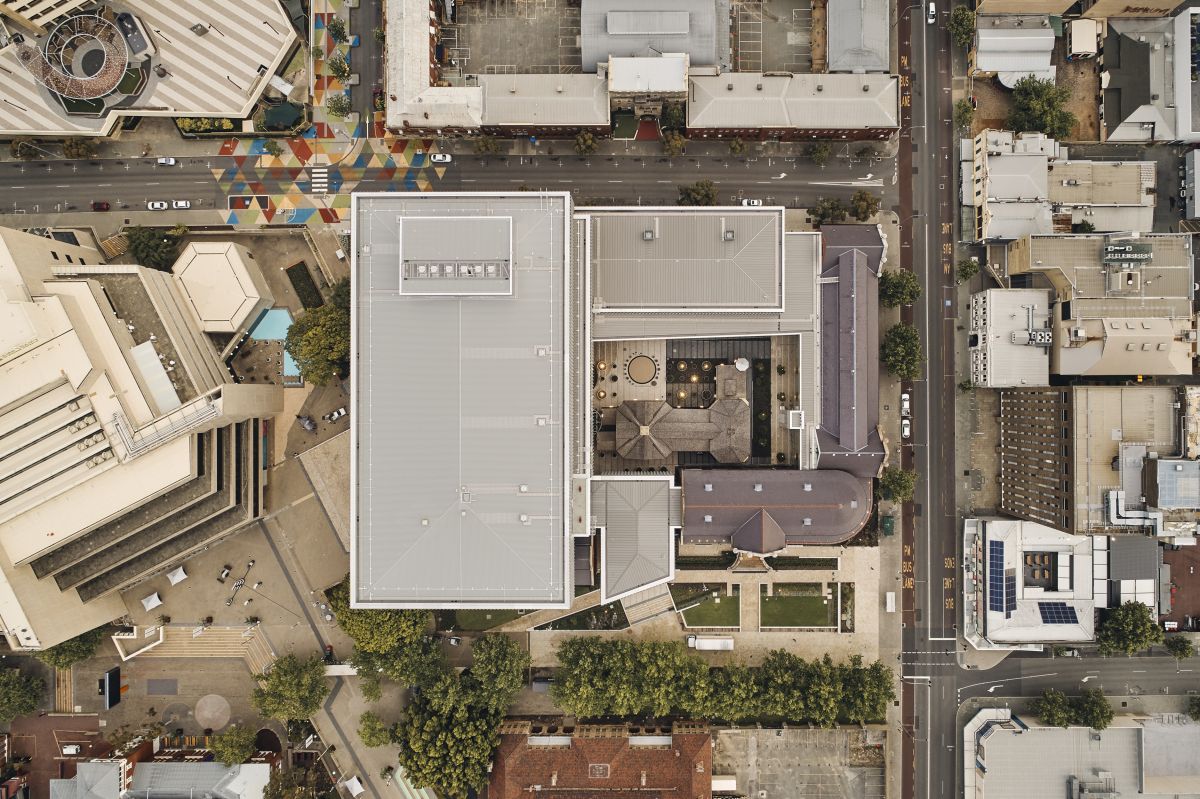
BALANCING DIVERSE INTERESTS AND GOALS
In addition to Whadjuk Elders, we worked closely with two other groups with a deep interest in the design outcome.
The WA heritage department was concerned with adaptations to the site, particularly how our approach connected to historic buildings such as The Old Gaol (1855−56) and Hackett Hall or impacted archaeological remains and the oldest grapevine in the state (1912).
At the same time, the WA Museum was focused on specific cultural and functional requirements – along with their overriding need to share stories of people and place.
Not surprisingly, our design team’s key briefing challenge involved understanding and balancing this complex mix of perspectives and requirements.
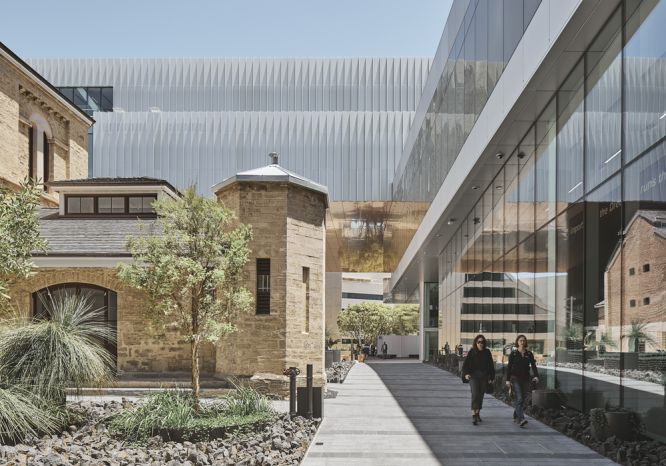

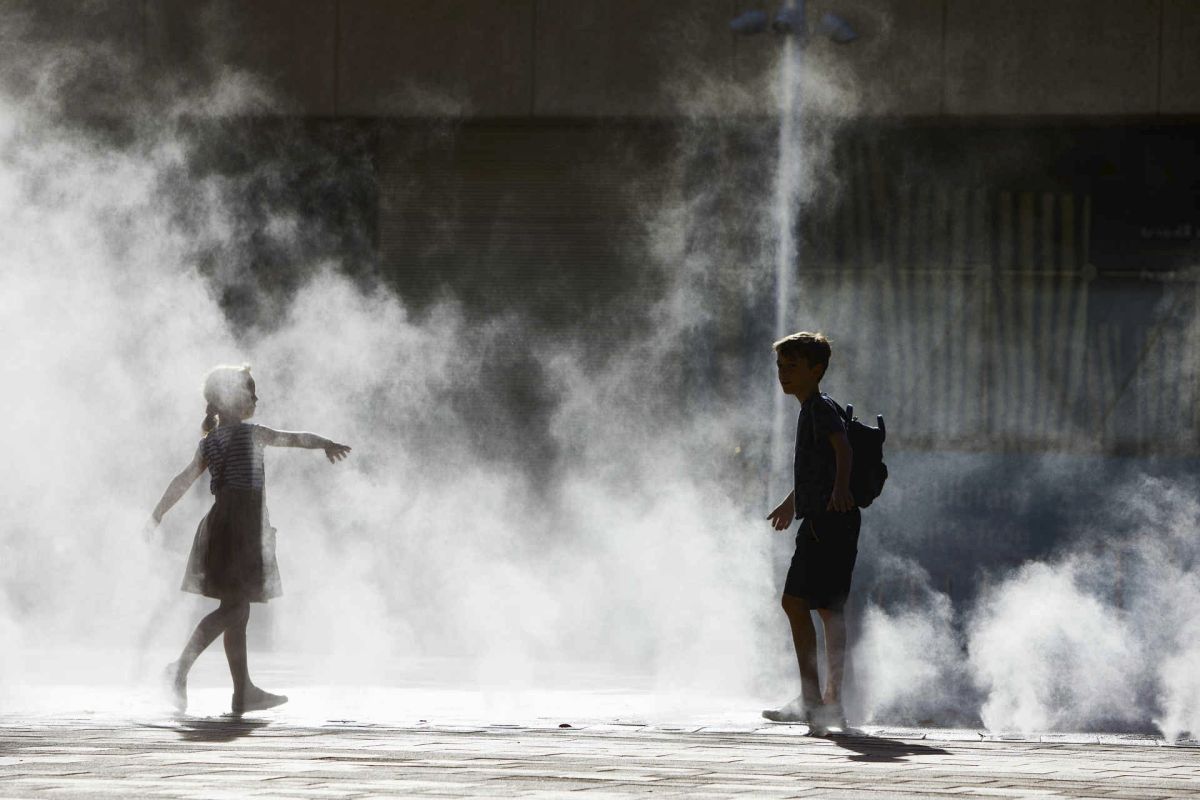
WEAVING A LAYERED, DYNAMIC LANDSCAPE
Our work is a conceptually layered response reflecting the cultural and contextual aspects of the site.
1 – An open, active border
The museum’s perimeter encourages movement patterns to suit each specific context. We created numerous entry points and level changes responding to the architectural forms, both old and new.
The James Street Mall landscape features paths, lawns, trees and urban lounges that are in sync with the setting and attract people to the museum’s central space, while the Museum Street edge is expansive and civic, with paving that draws patrons from the surrounding cultural district.
2 – An outdoor ‘room’ for the city
The heart of the design is The City Room – a generous new civic space for Perth. Covered and uncluttered for events, it’s a shady, welcoming gathering place. The Room’s interactive water mister fulfils two goals: it’s both a ‘cleansing’ element important to Whadjuk Elders and a playful, refreshing way to engage visitors.
3 – A series of transition spaces
The museum’s internal landscape is a modern interpretation of Aboriginal people’s connection to Country, which was developed in consultation with Whadjuk Elders through collaborative workshops. We have expressed the elements of earth, fire and water through landscape ‘bands’ woven through the site.
For example, bands of paving define a visitor’s transition from the contextual public realm to The City Room and deep into the courtyards. Different paving materials that evoke the elements add layers of interest and variety to the journey across the site. For example, Fire’s dramatic carpet of black rocks recalls a charred landscape and symbolise the ash from fire, offering a symbolic cleansing of the Old Gaol, a sorry place for Nyoongar people.
Our soft landscaping reinforces these bands, with selections such as raised planters of native species by the Old Gaol Courtyard and water’s edge trees in the alfresco café.
4 – An immersive gathering place
The City Room and the internal courtyards contain some of the most authentic reflections of Aboriginal peoples’ perspective in our landscape design. There, we’ve created immersive experiences that revolve around the cultural elements of Dance, Meeting, Knowledge and Landscape.
The spaces support a range of programs and events showcasing Nyoongar culture. They’re also flexible settings for social interaction, education and reflection.
The four overlaid elements share a common circular form – a shape that captures the cultural significance of gathering to share knowledge. The layered landscape helps organise these circular elements, ultimately forming a rich, cultural tapestry across the banded ground plane.
5 – A connection to the land – even in the details
Small ‘moments’ throughout the site – from entry to exit and at key crossover points – remind visitors of the overriding importance of Whadjuk people’s connection to the land.
Vessels made from culturally significant materials such as timber, stone and rammed earth are located at these important, unavoidable connection points. They’re part of a sensory experience, with textures and sounds adding greater depth and dimension to a journey through the museum.
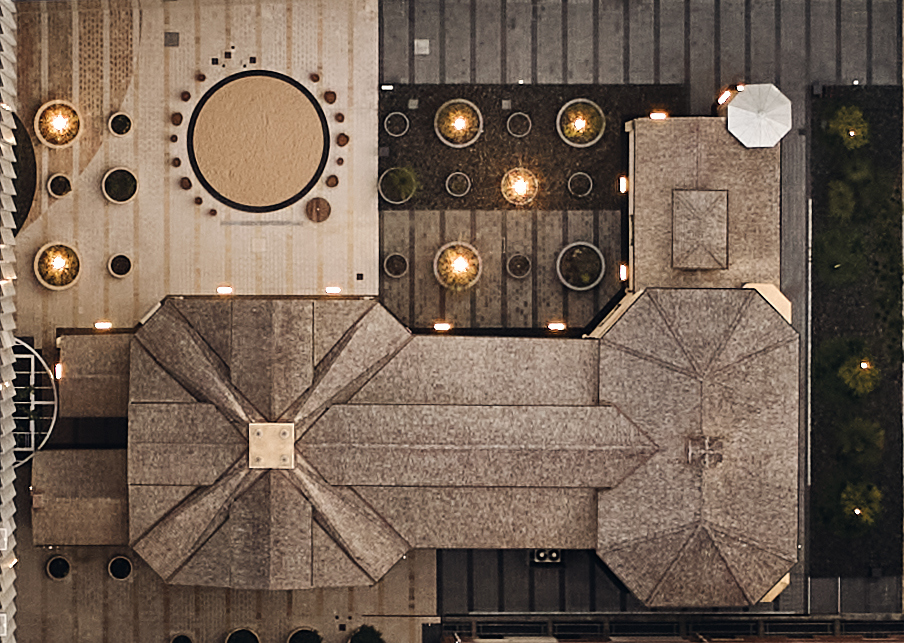
MAKING A LOCAL + GLOBAL IMPACT
The WA Museum is significant for so many reasons. It’s a world-class destination with a powerful, distinctive mix of architecture and public spaces. It’s a catalyst for reviving the Cultural Centre of Perth.
And perhaps most notable of all, it’s a place that offers visitors an enriching experience, with both a museum and landscape for sharing the diverse stories of Western Australia – starting with the oldest continuous culture in the world.

